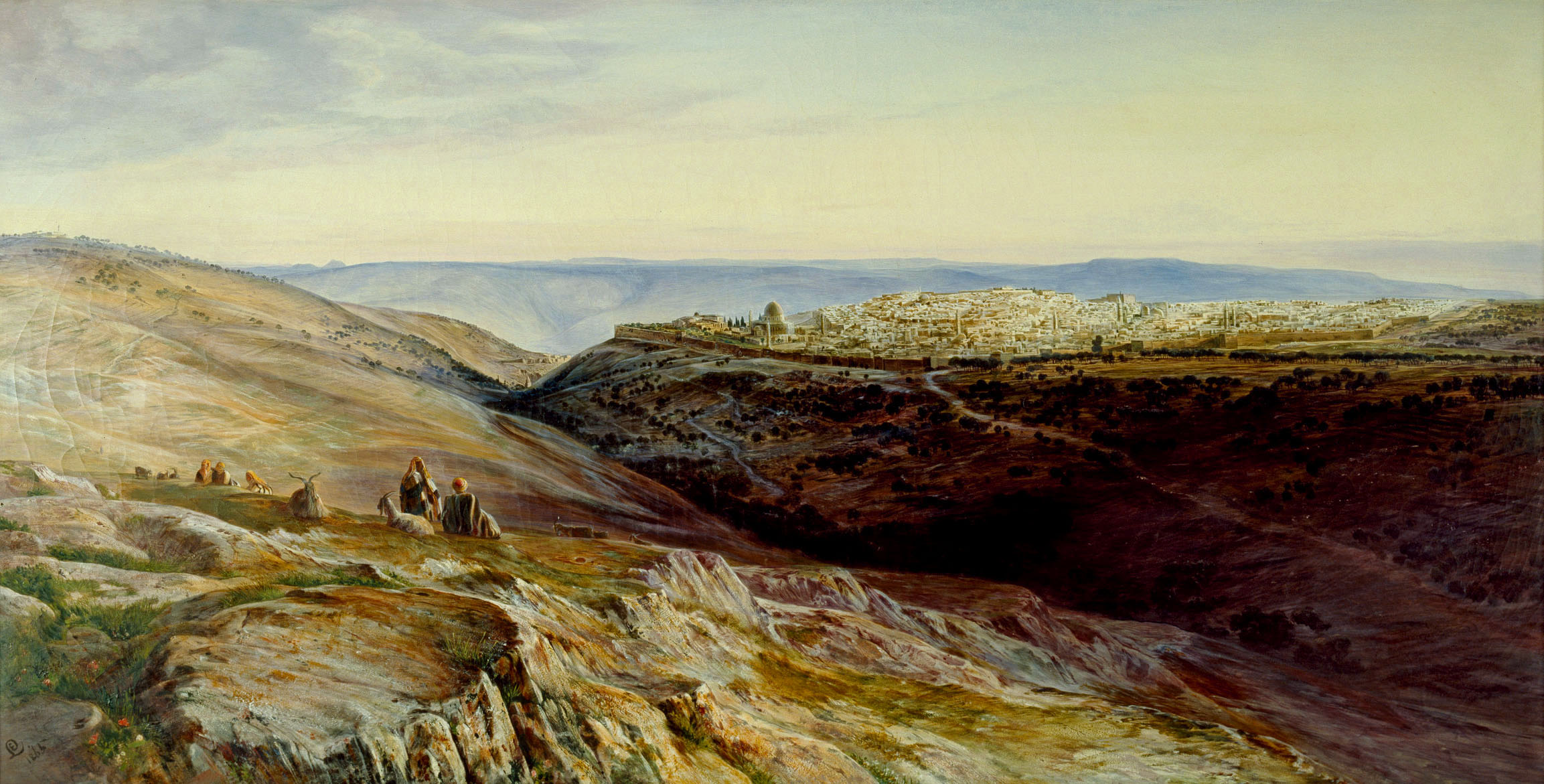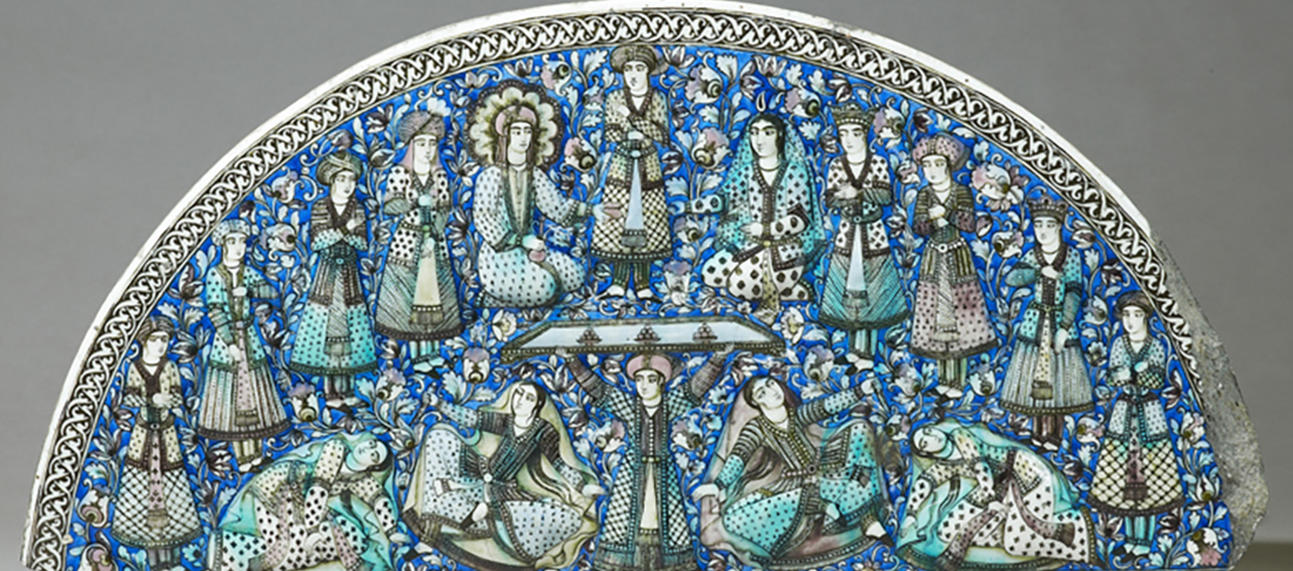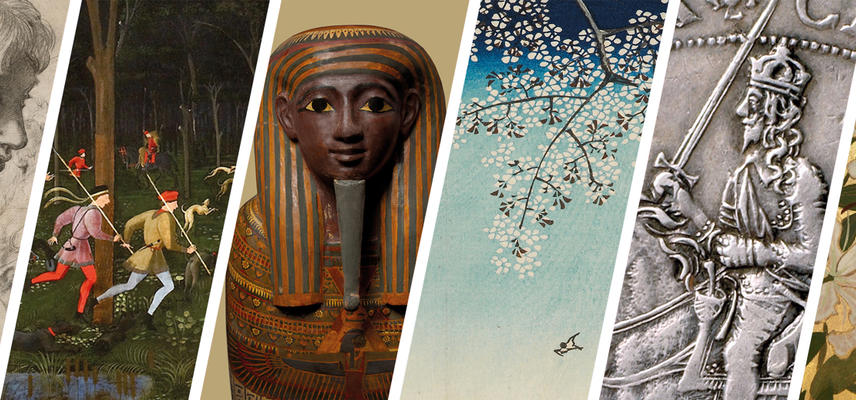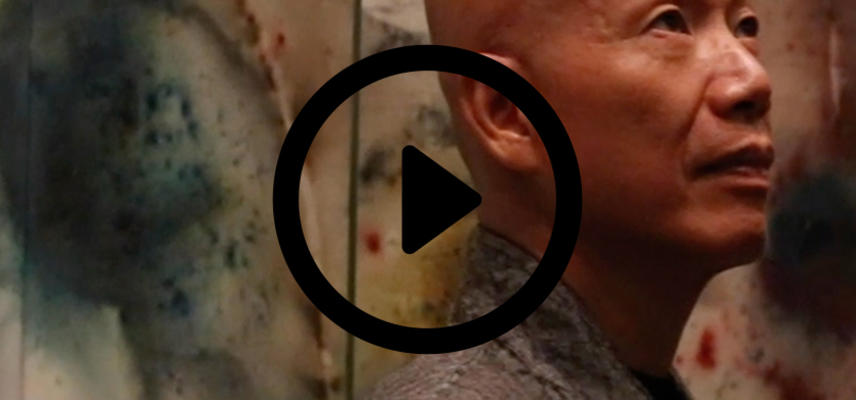By Jude Barrett
Learning Officer
How long would you normally spend standing in front of a painting? Why not try looking at art a little more slowly?
What is 'Slow Art'?
Most of us are used to looking at art for short amount of time, in passing.
‘Slow Art’ was created to encourage us all to look at art for a little longer, in the hope that we not only see more, but also get to know the works in greater detail. Exploring artworks more slowly can help us to form more stories, feelings, and opinions, about the works.
The idea is to spend some quiet time with a painting. You don’t have to know about the history of the painting or the artist, you only need to look and enjoy it. You may want to do some research of your own afterwards, to find out more. The artwork might even inspire you to draw or paint something yourself, or to write a story or poem, or create anything at all, inspired by what you have seen.
How do I start?
To get you started we have chosen 3 paintings for you to look at slowly.
We have given you the title and date of each painting, along with the name and dates of the artist. All 3 works are oil paintings on canvas.
- We suggest that you look closely at the artwork, in a large web broswer, so that you can see it in detail.
- Try to spend at least 5 minutes looking at it, taking in details and thinking about what you see.










